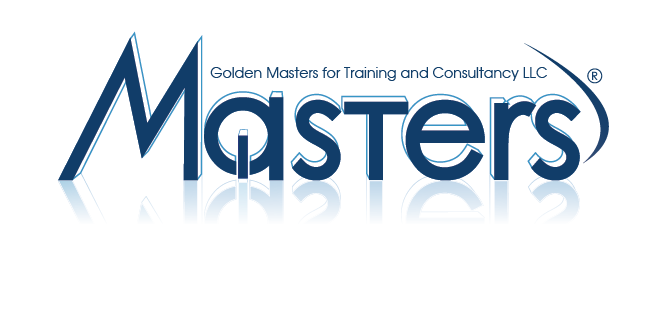Design, Construction & Coastal Management

Coastal Engineering is a branch of civil engineering concerned with the specific demands posed by constructing at or near the coast and the development of the coast itself. Coastal engineering and shore protection are one of the most sophisticated engineering specialities.
Coastal Engineers are often interdisciplinary and involved in integrated coastal zone management. This may include providing input and technology for, e.g. environmental impact assessment, port development, strategies for coastal defence, land reclamation, etc.
This 5-day Coastal Engineering and Shore Protection Structures training course introduces key concepts and basic knowledge in Coastal Engineering and Shore Protection Structures. It will enable the delegates to understand the basics of the design and construction of coastal structures and shore protection structures.
This introduces the natural phenomenon affecting coastal zones and explains the motion of wave mechanics and wave transformation. The delegates will understand the phenomenon of Sediment transport and shoreline changes which affect most of the coastlines around the world and have major economic and environmental impacts.
This training course will highlight some main aspects of coastal management: the defence against flooding and erosion and techniques that stop erosion from claiming lands. Protection against rising sea levels in the 21st century is crucial, as sea level rise accelerates due to climate change.
Day One: Introduction To Coastal Engineering And Natural Phenomenon
Introduction to Coastal Engineering
Typical Beach Profile
Wind: Wind Rose
Water Waves
Tides, Currents, and Water Levels
Wave Theories
Day Two: Mechanics Of Wave Motion
Wave Refraction
Wave Diffraction
Wave Breaking
Simplified Methods for Estimating Wave Conditions
Water Level Fluctuations
Wave Impact and Wave Forces on Walls
Day Three: Coastal Sediment Transport And Littoral Processes
Coastal Sediment Transport
Littoral Processes
Littoral Wave Conditions & Nearshore Currents
Wave Transformation Studies
1D Modelling
Types of Breakwaters
Day Four: Shore Protection Structures Ii And Main Environmental Impacts
Design of Rubble Mound Breakwaters and Combined Breakwaters
Seawall, Bulkheads, Revetments, and their Environmental Impacts
Revetments Design
Physical Modeling of Coastal Structures
Wave Run-Up and Overtopping on Seawalls
Detached Breakwaters
Day Five: Shore Protection Structures Ii And Sea Level Rise
Groins
Sand Dunes
Sand Bypassing
Effect of Climate Change and Sea Level Rise
The Use of Geotextile Sand Containers in Shore Protection
XCalibre Training Centre offers unique development and skill-based training courses internationally that aim to nurture practical result-driven abilities in individuals to keep up with the constantly changing business requirements.
We equip people with information and opportunities to propel them forward in their careers by offering training in versatile sectors, including human resources, energy and innovation, data management & IT, maritime management, and more.
Our organisation hires globally-acclaimed subject matter experts that has extraordinary references. Having this together with their academic knowledge and real-life experiences can bring out courses and seminars with best practices that ensure substantial output and benefits to the attendees.
XCalibre Training Centre assists our delegates from varied backgrounds, qualifications, designations, and industries willing to improve their career path for self-sustenance and self-realization. The end goal is to create a mutually beneficial relationship between organizations and their employees to reach their desired levels of success.
(Institute Review)
55 years ago(Institute Review)
55 years ago
The goal of this course is to provide participants with an advanced understanding of the properties of traditional and emerging materials used in buildings and bridges.

Design of Concrete & Structural Steel Design course is offered by SOS Training Solutions. Courses are designed by subject matter experts.

A retaining wall is a structure designed and constructed to resist the lateral pressure of soil, when there is a desired change in ground elevation that exceeds the angle of repose of the soil. They are structures designed to restrain soil t

In Civil Engineering stairs are considered as a series of steps properly arranged to connect different floors of a building. Different types of stairs are used in construction depending on the requirements.

Learn how to design different types of steel connections such as Girder-Joist, Column-Rafter, and more using IDEA Statica
© 2025 www.coursetakers.ae All Rights Reserved. Terms and Conditions of use | Privacy Policy